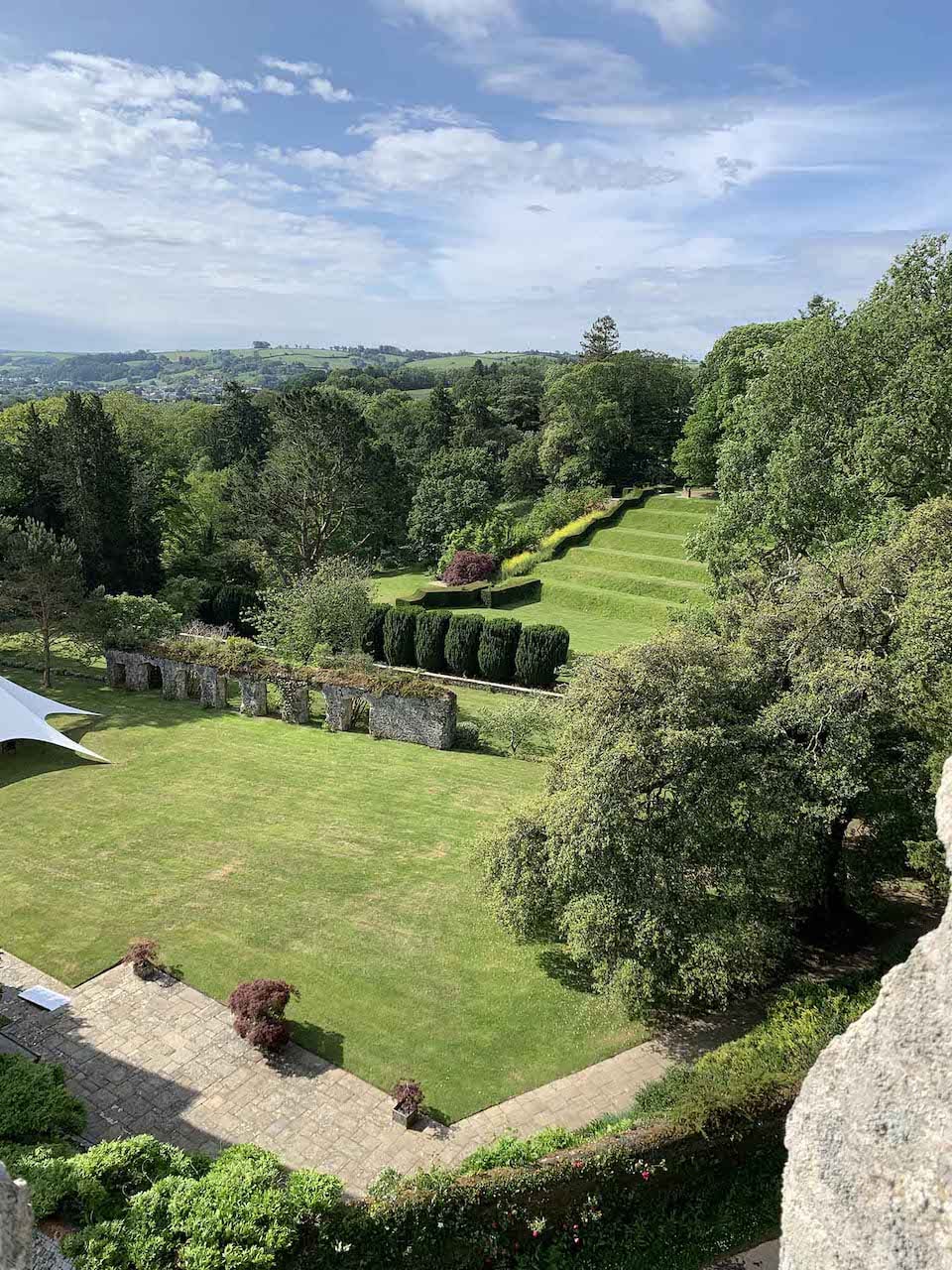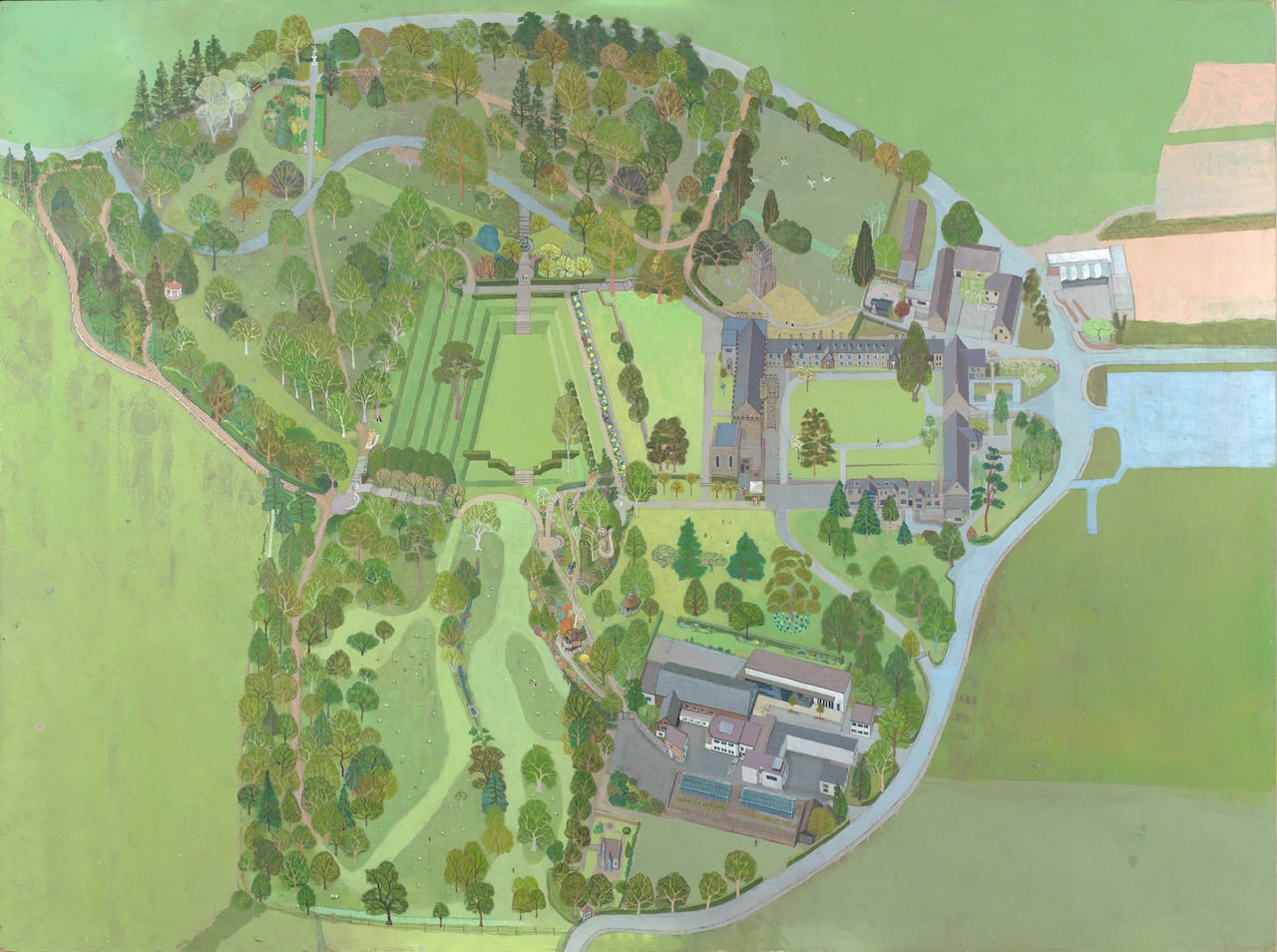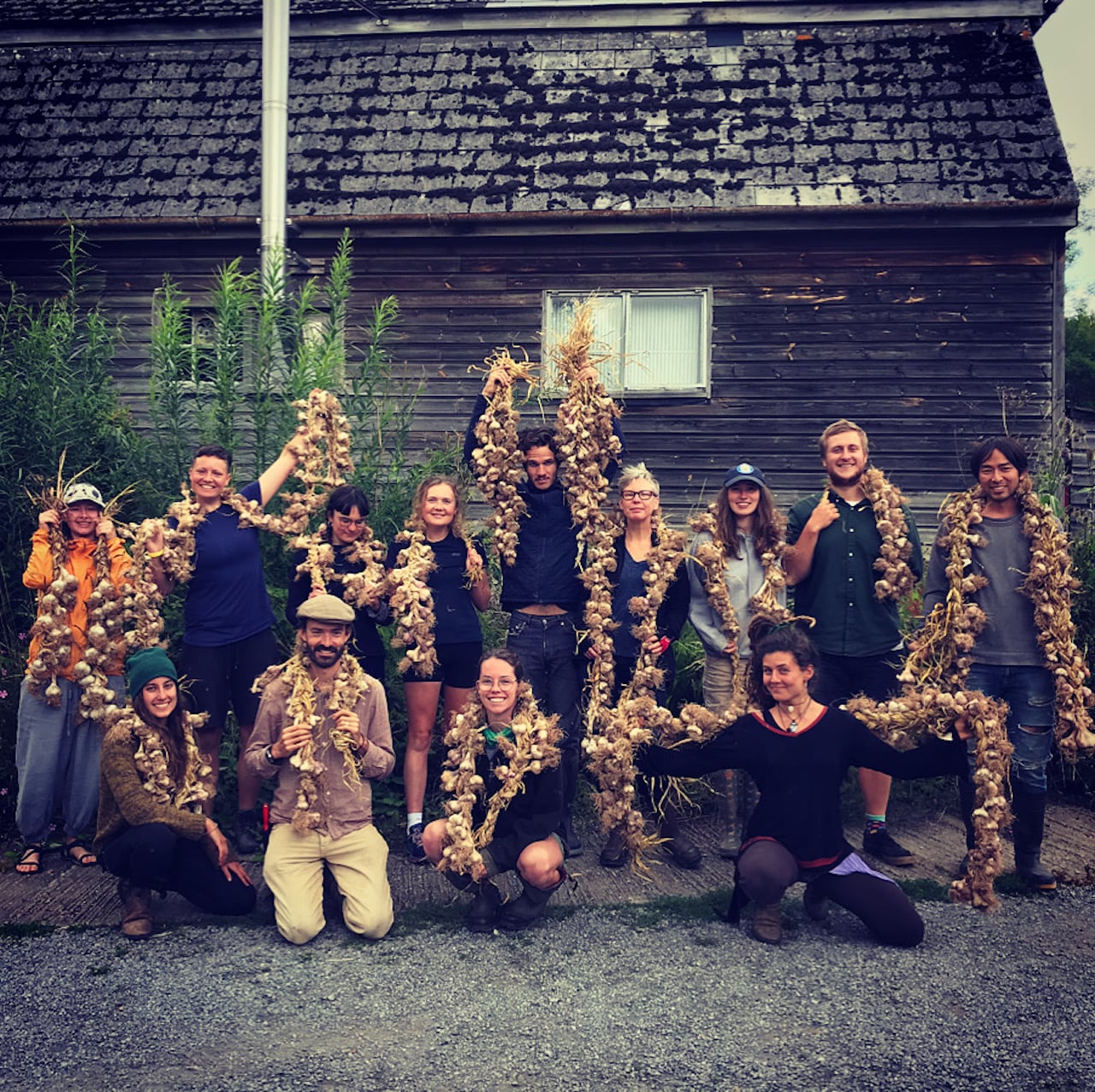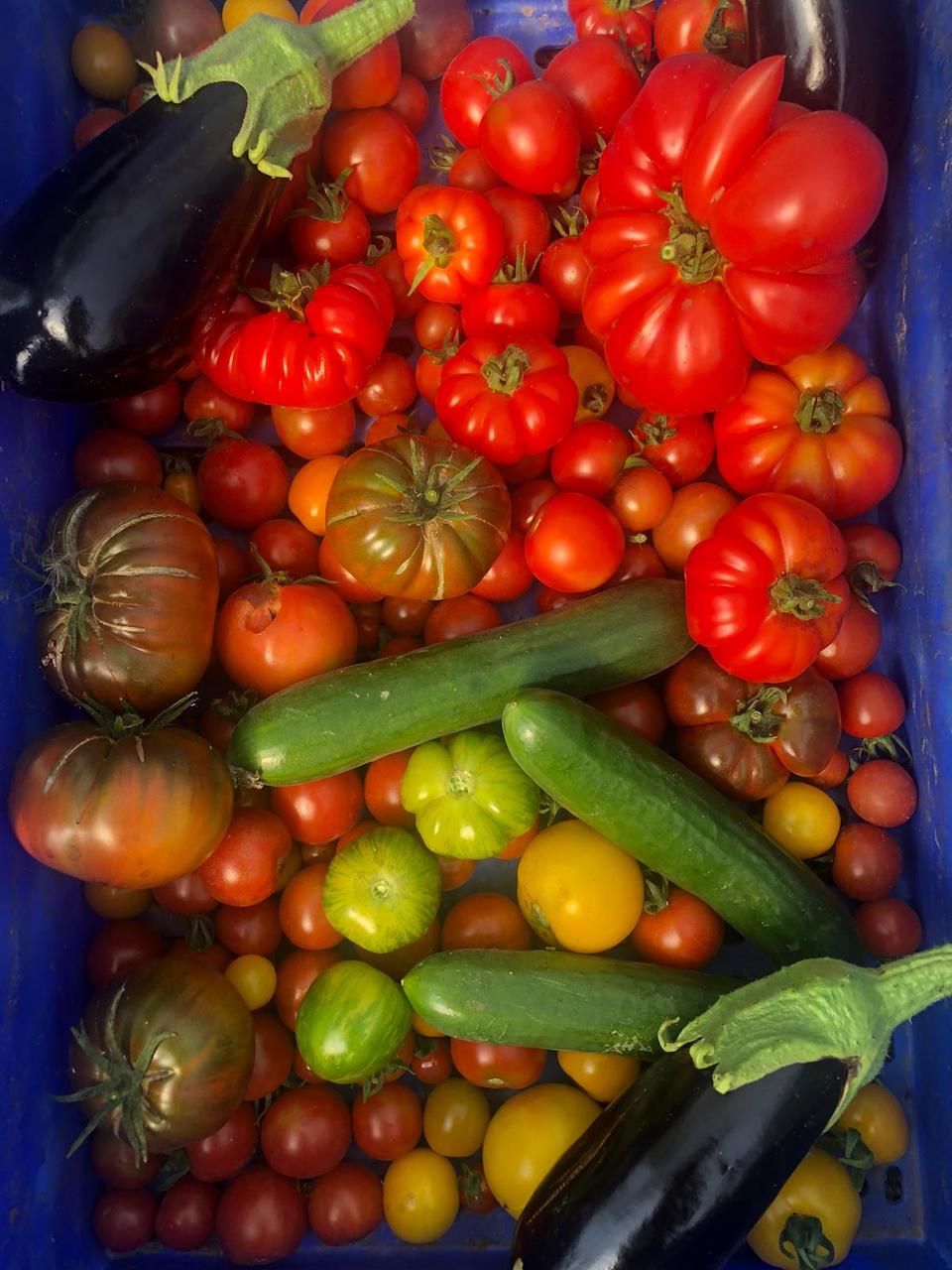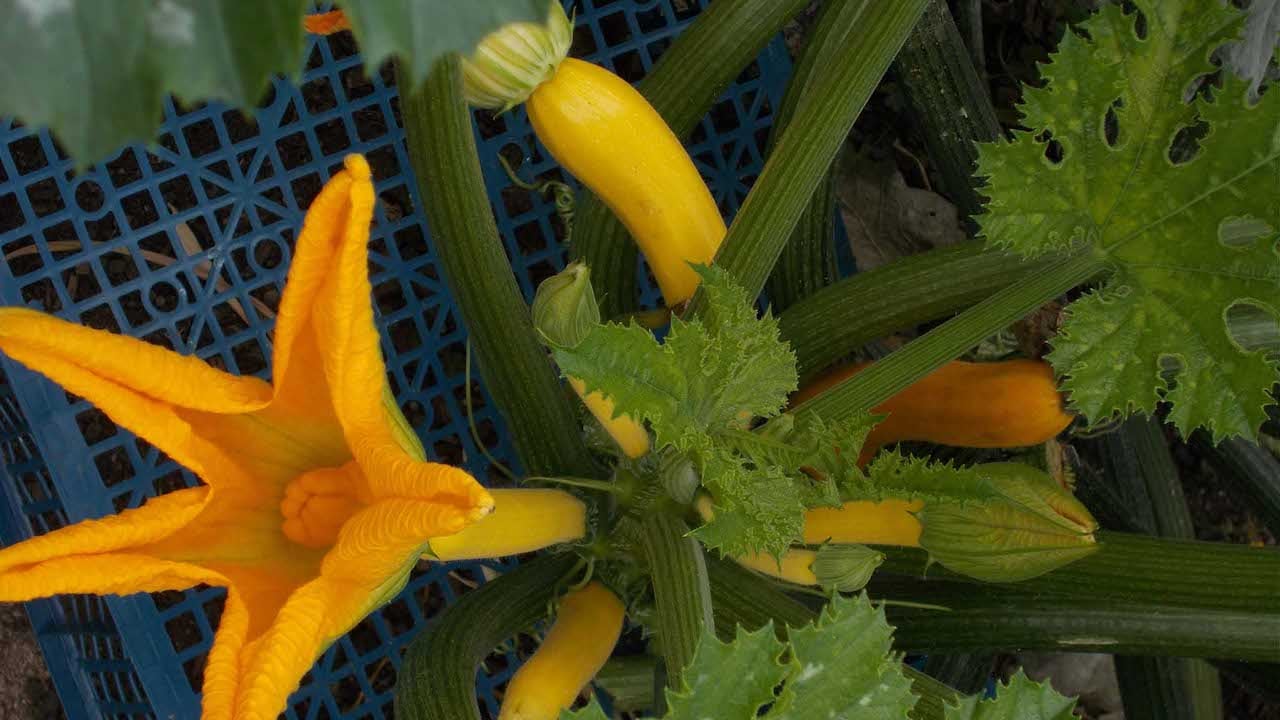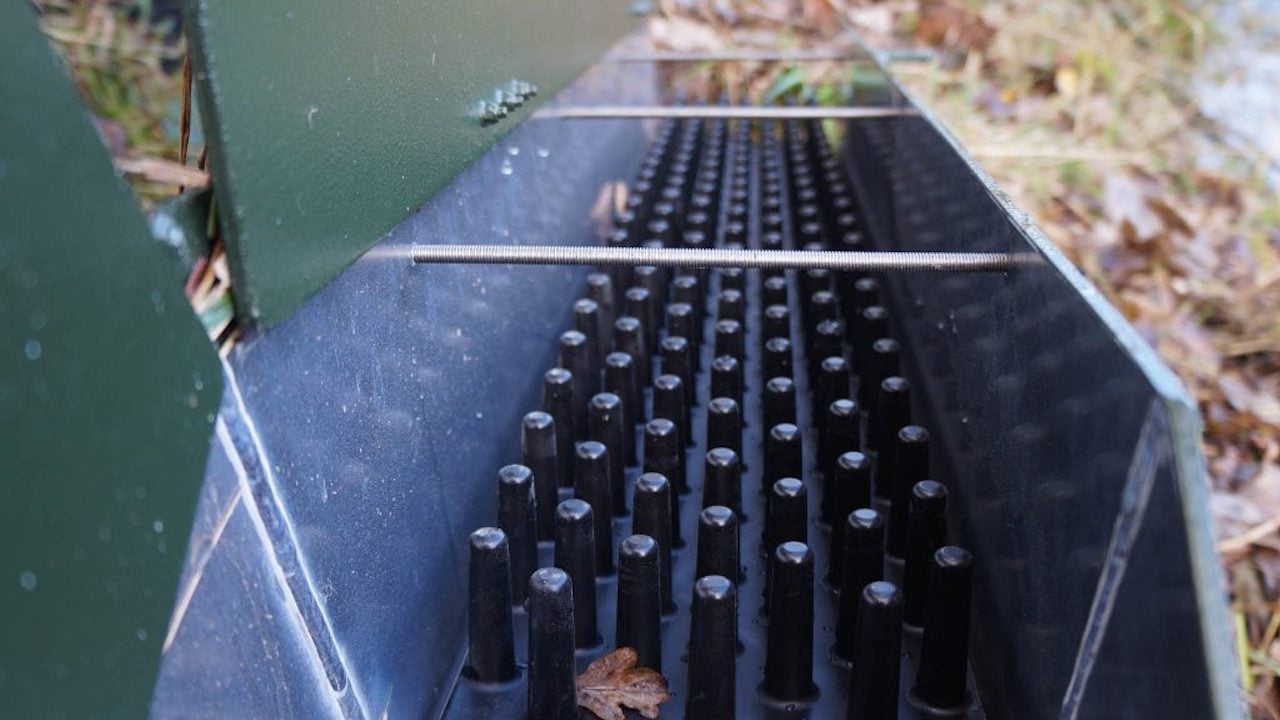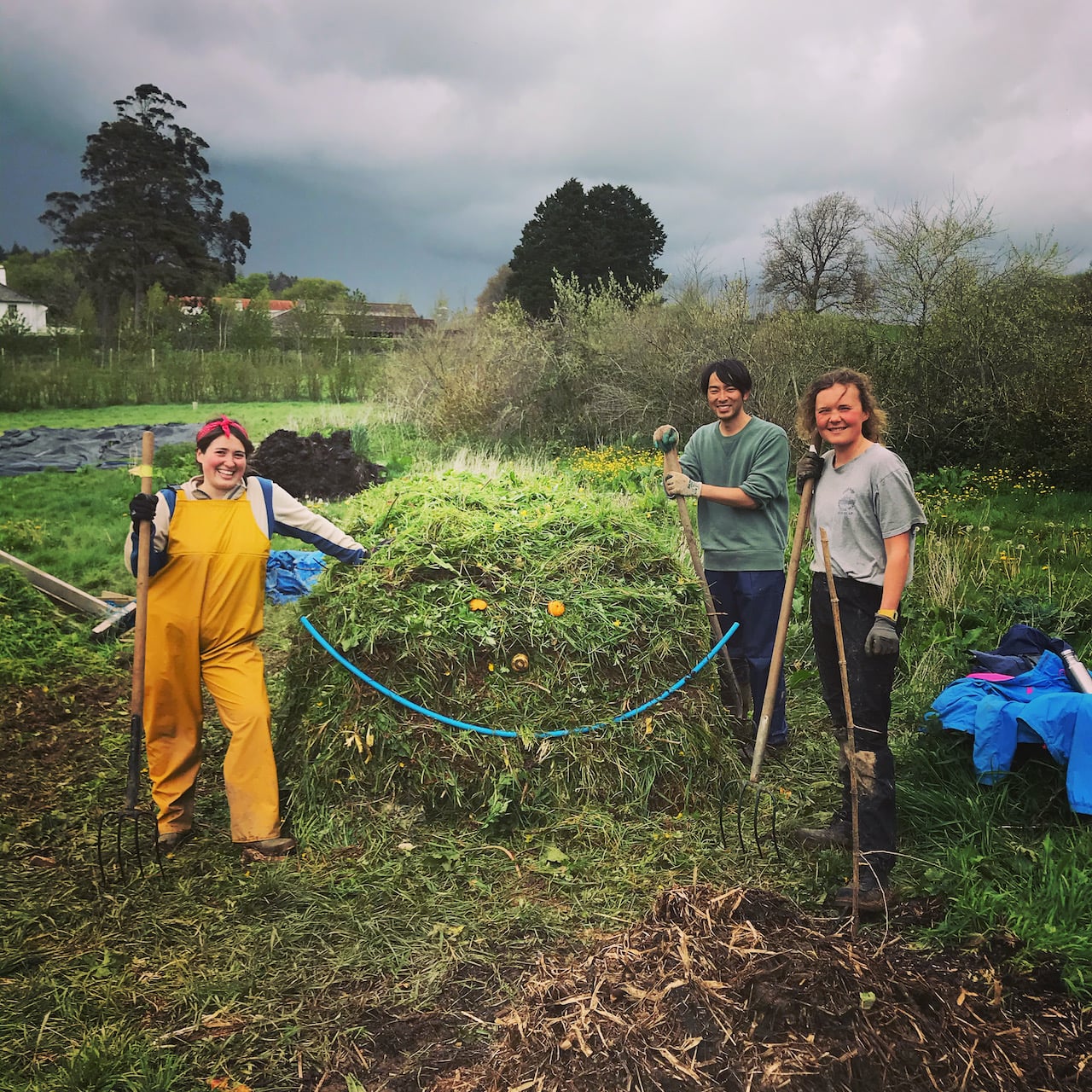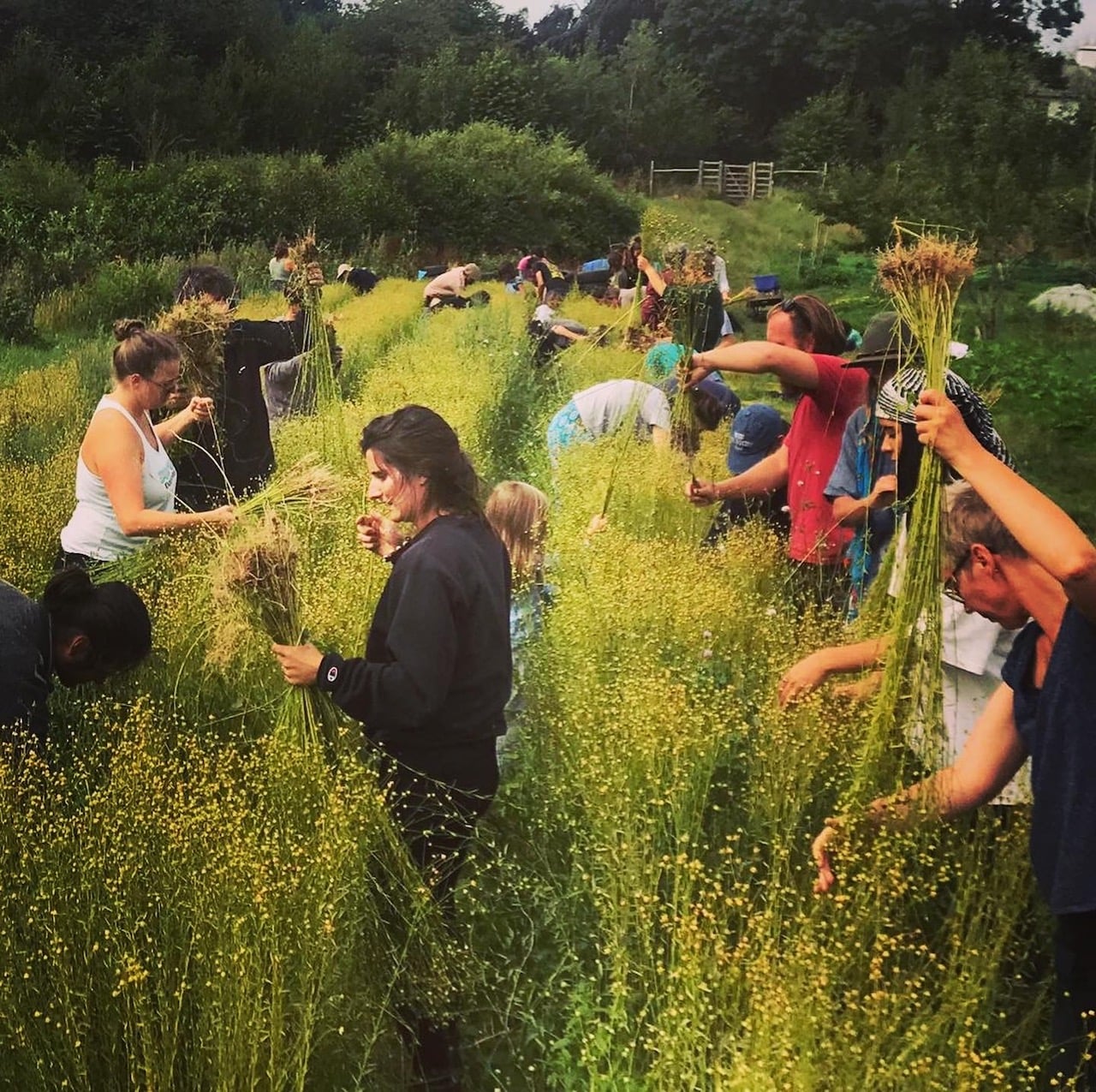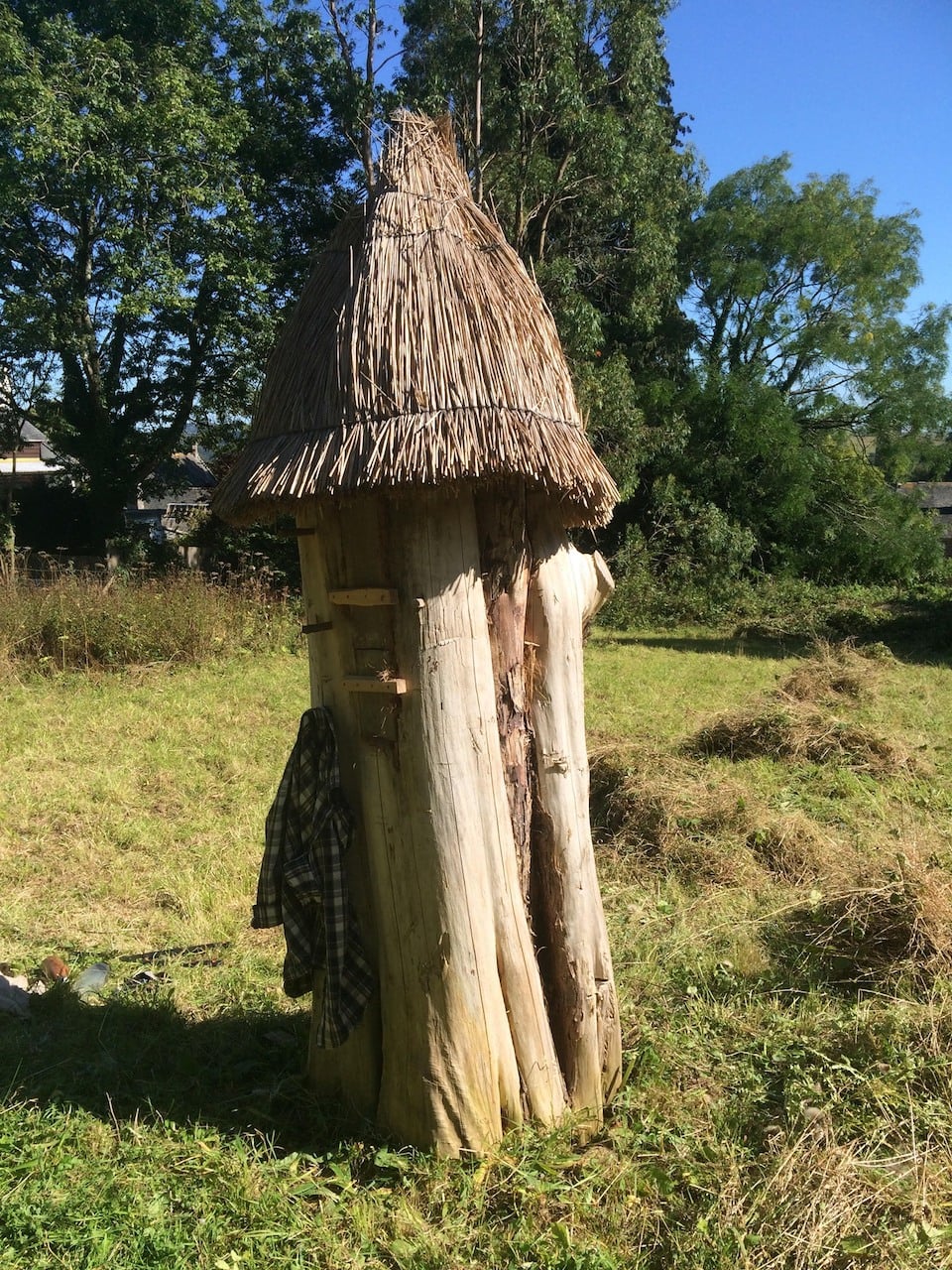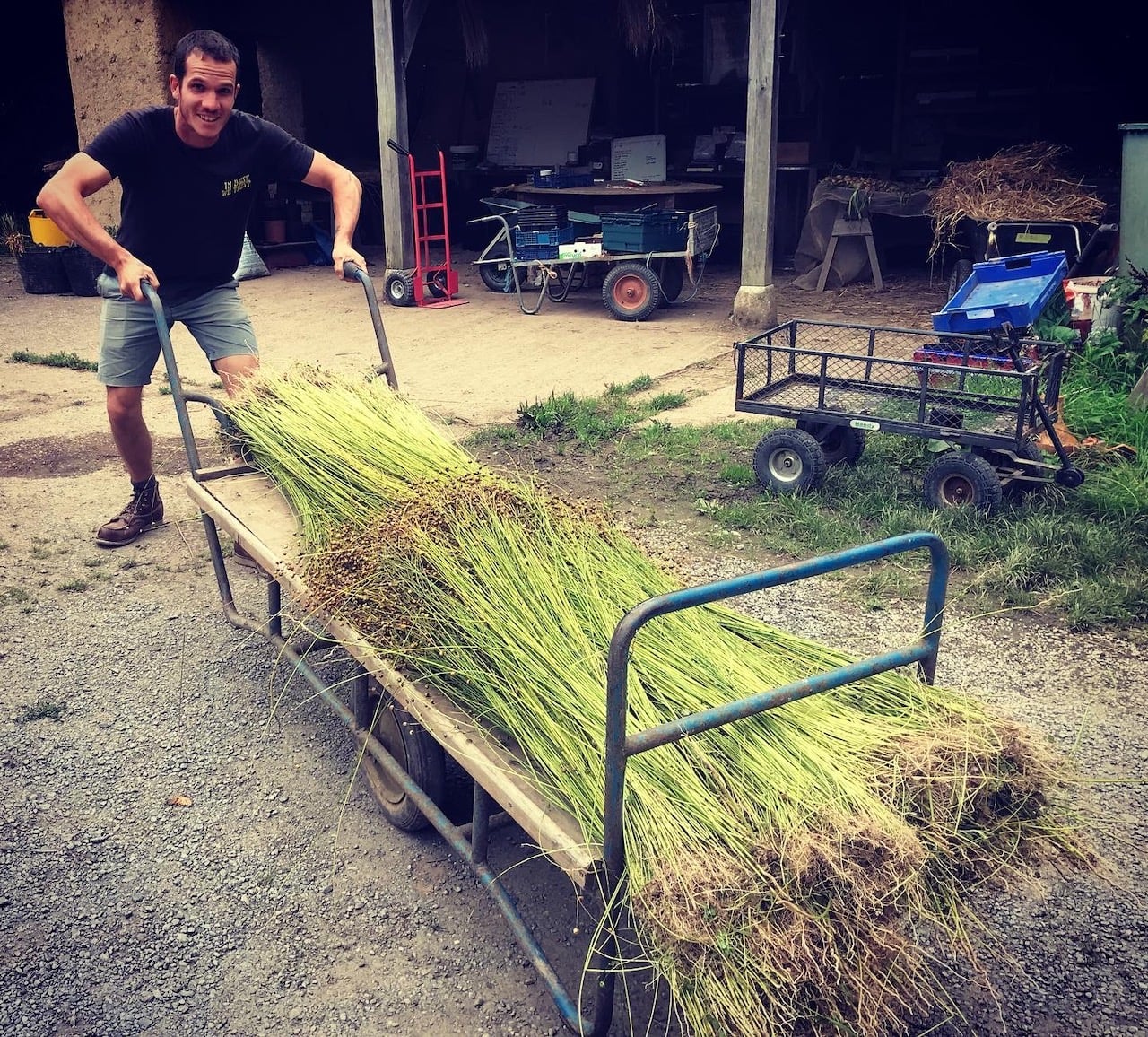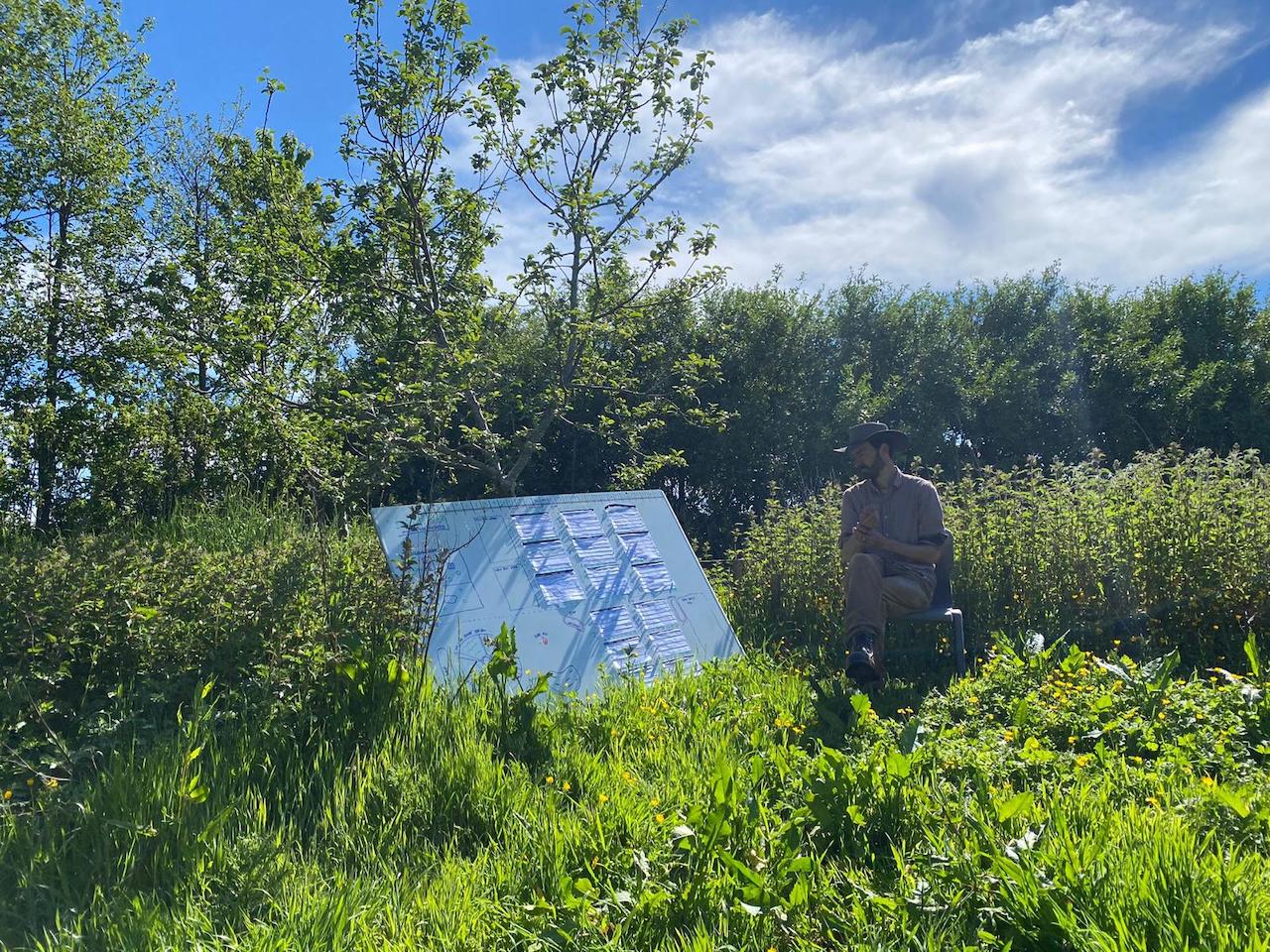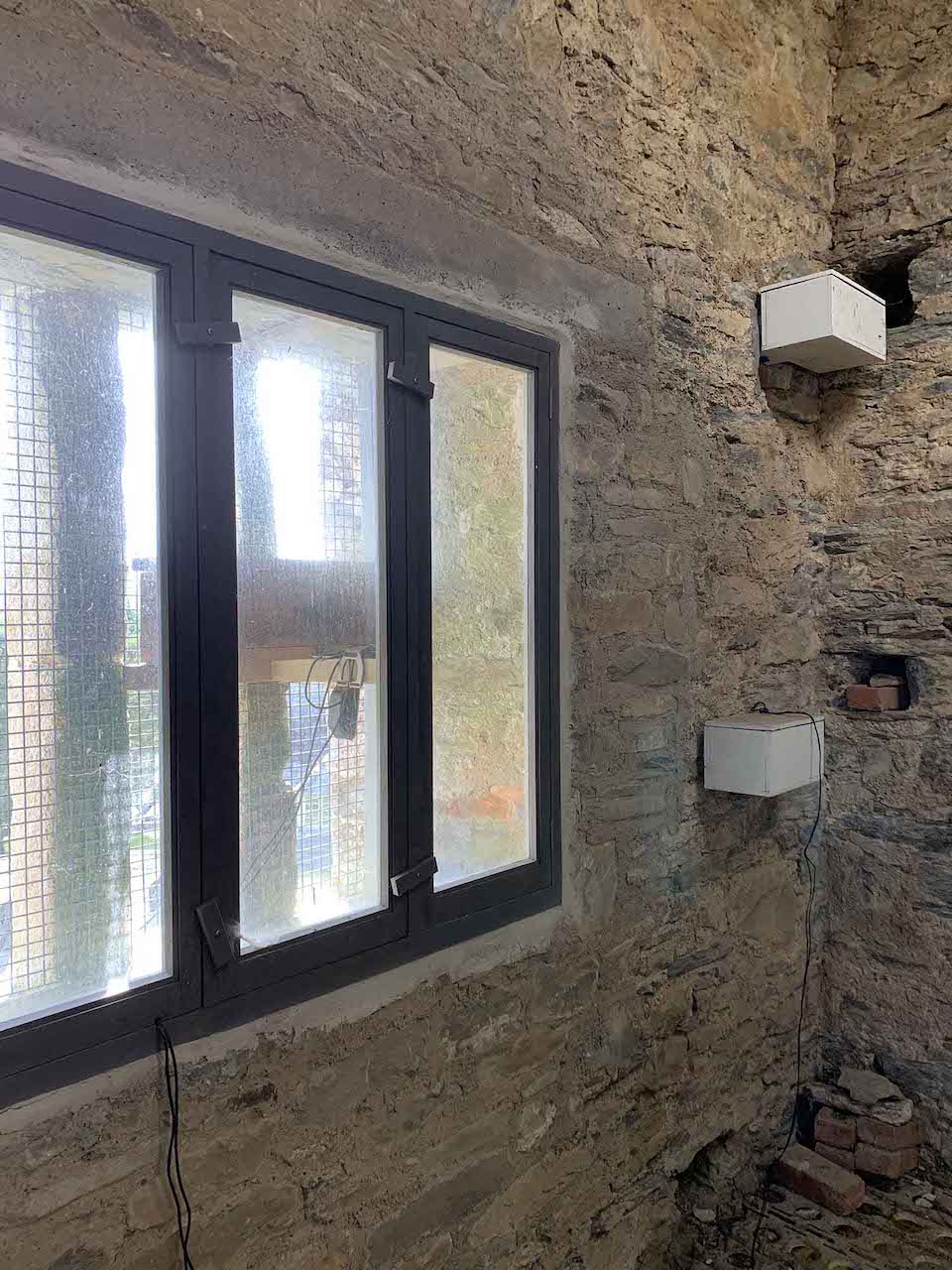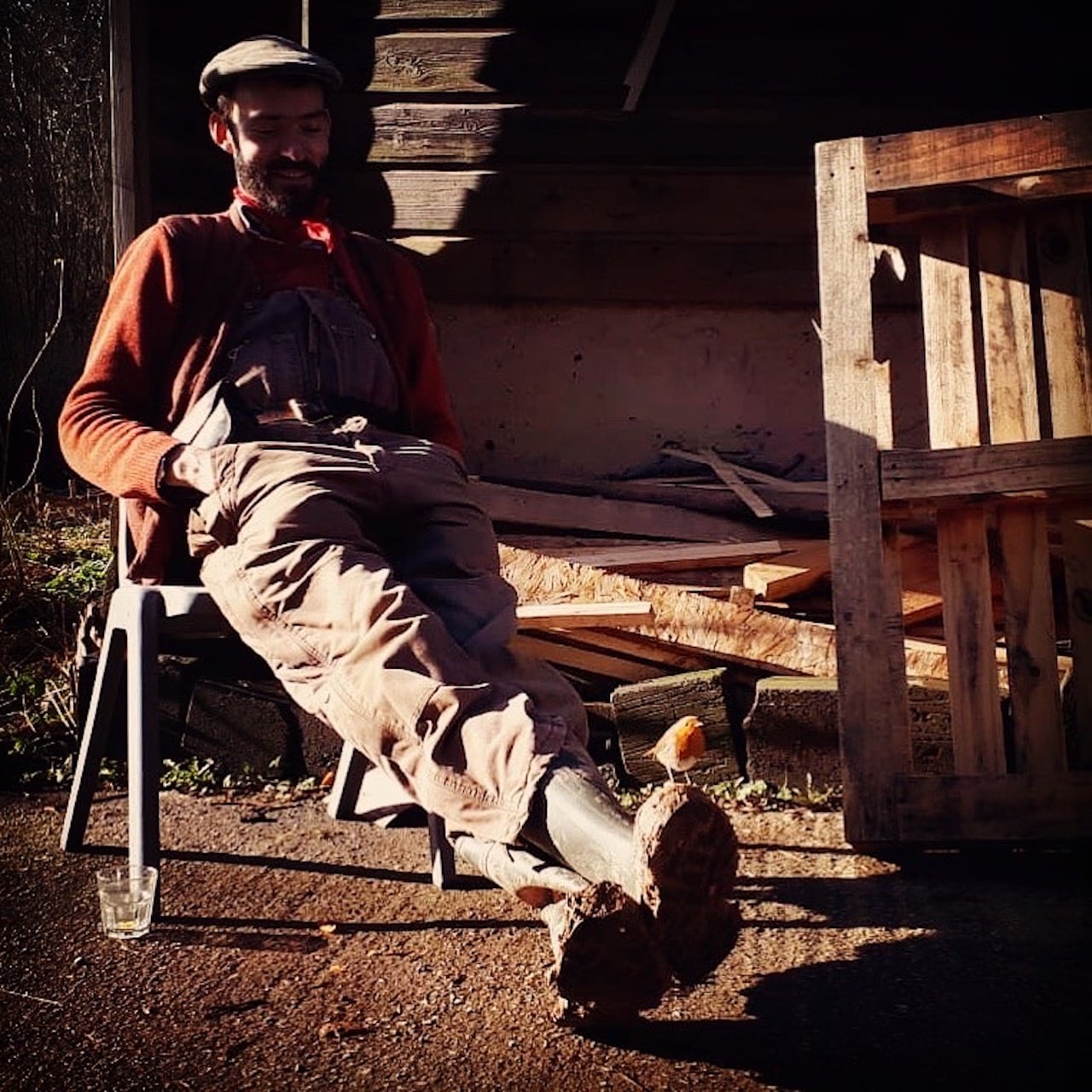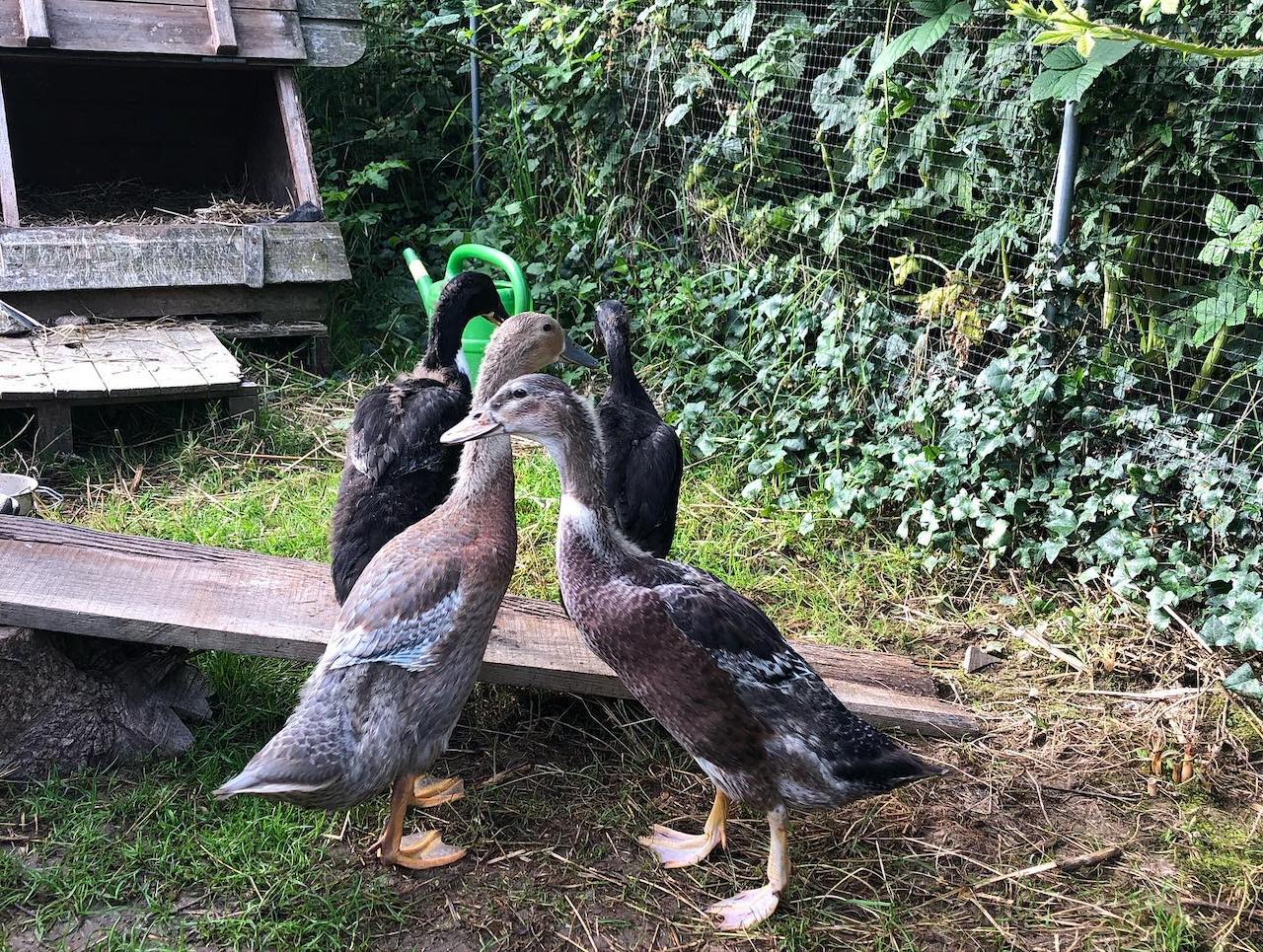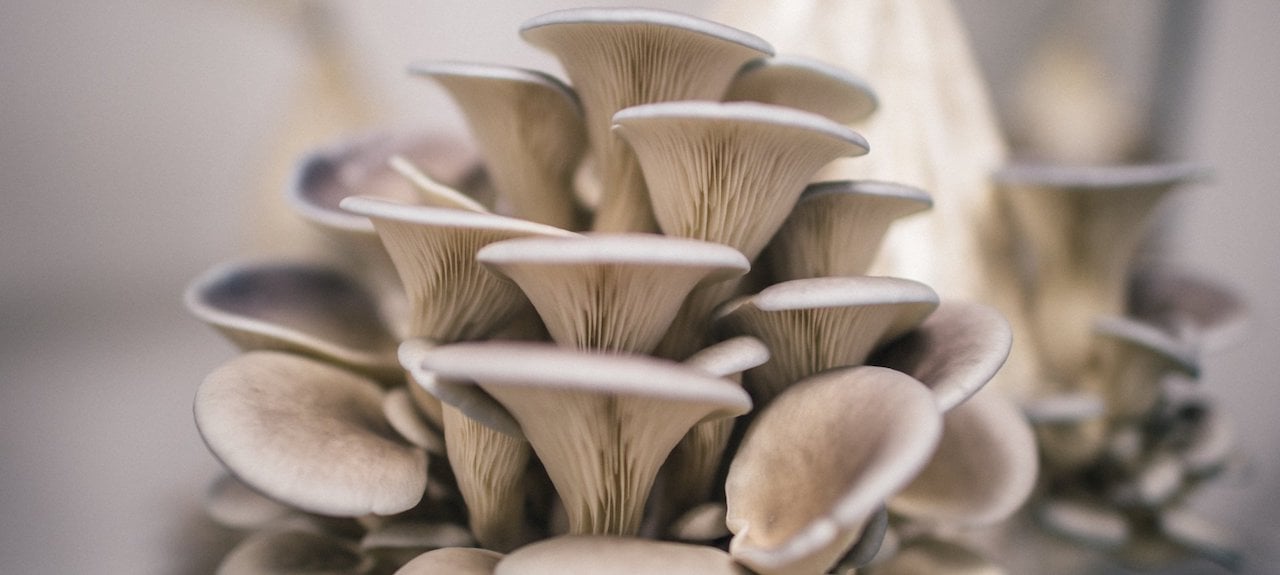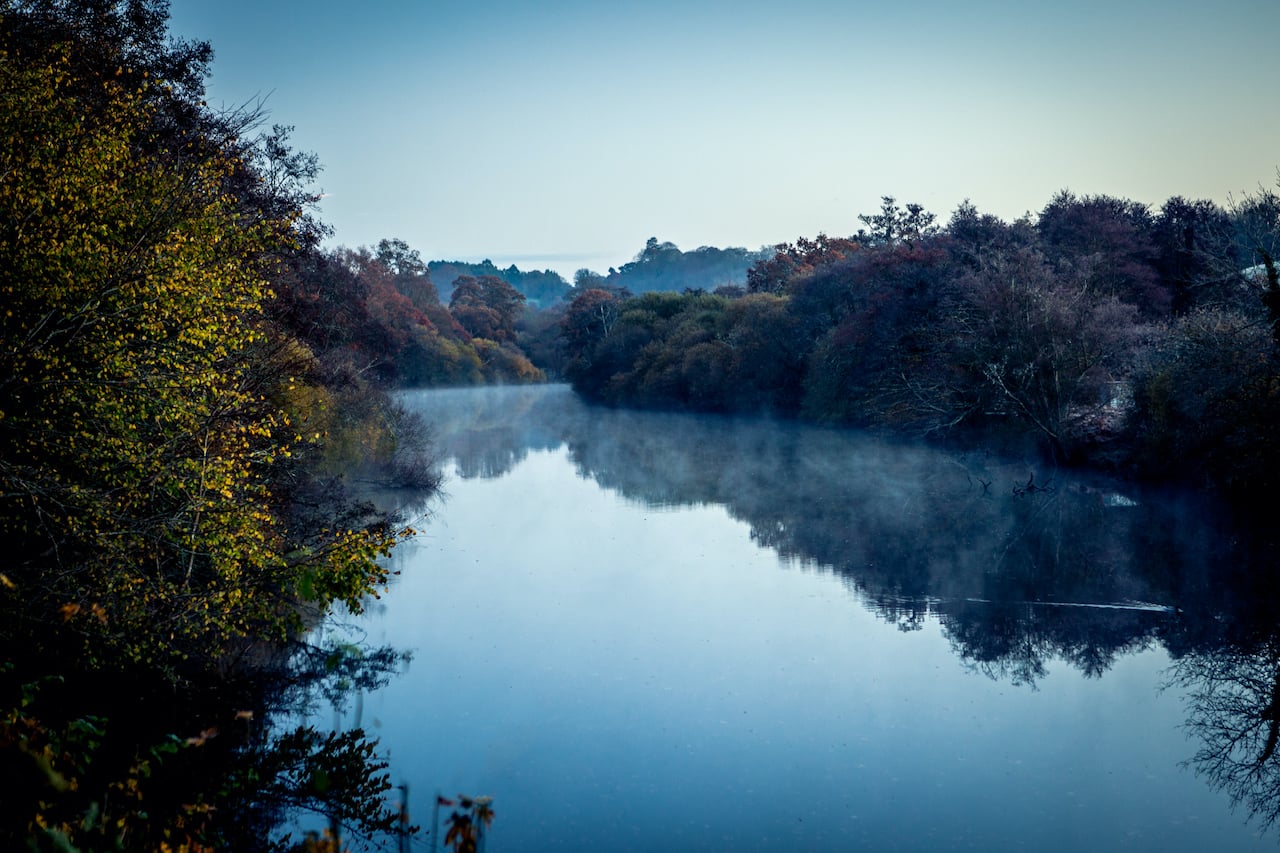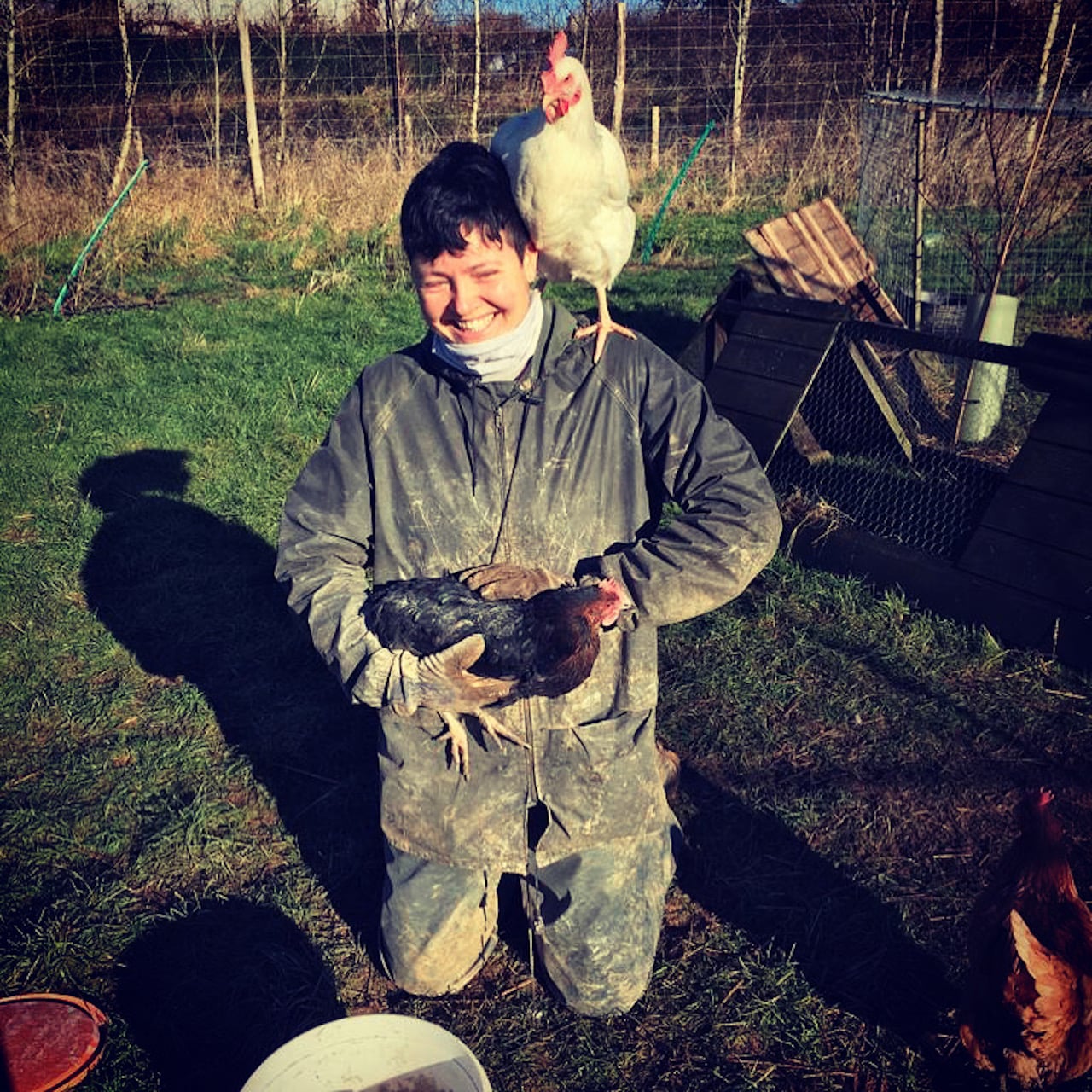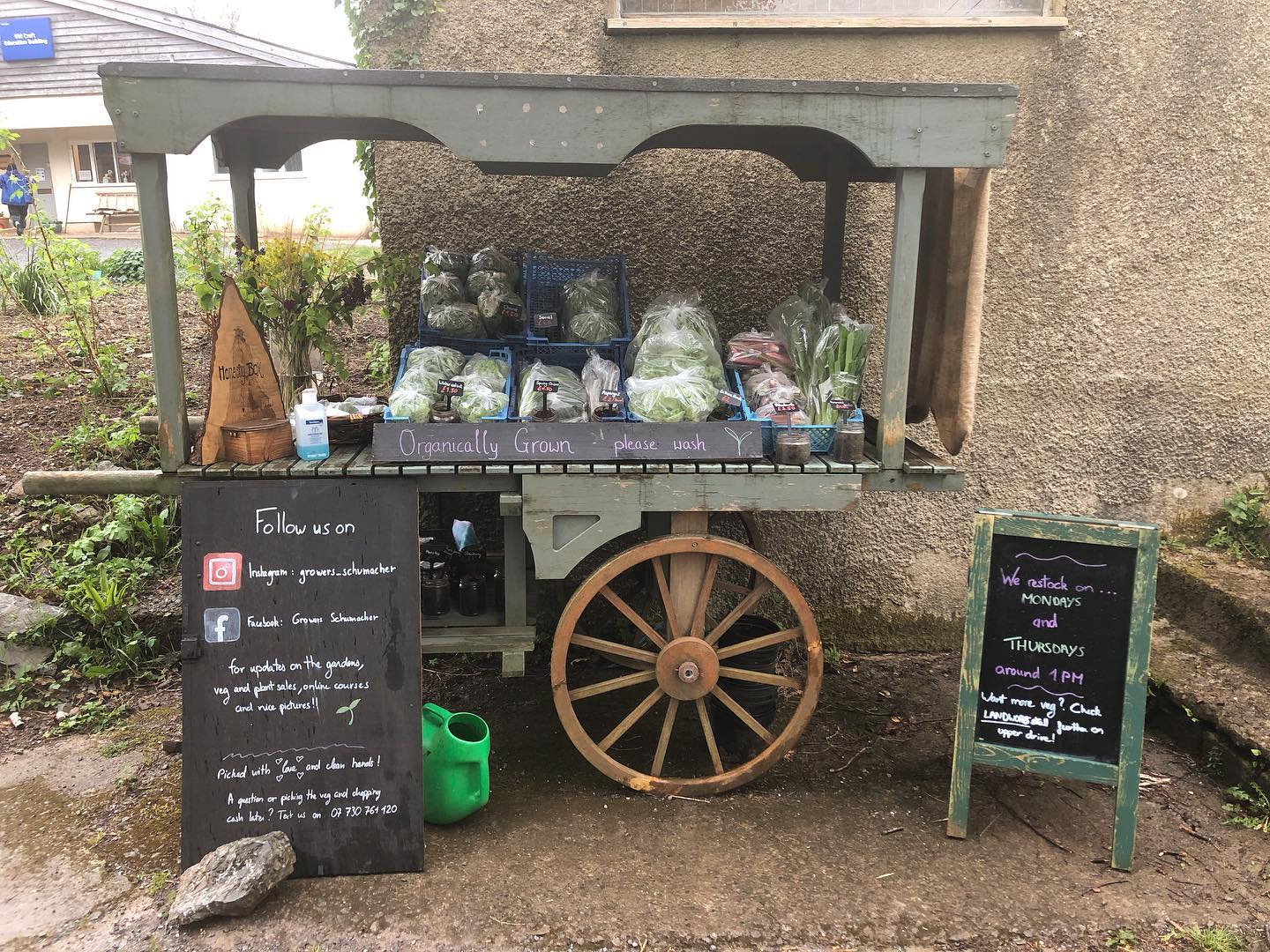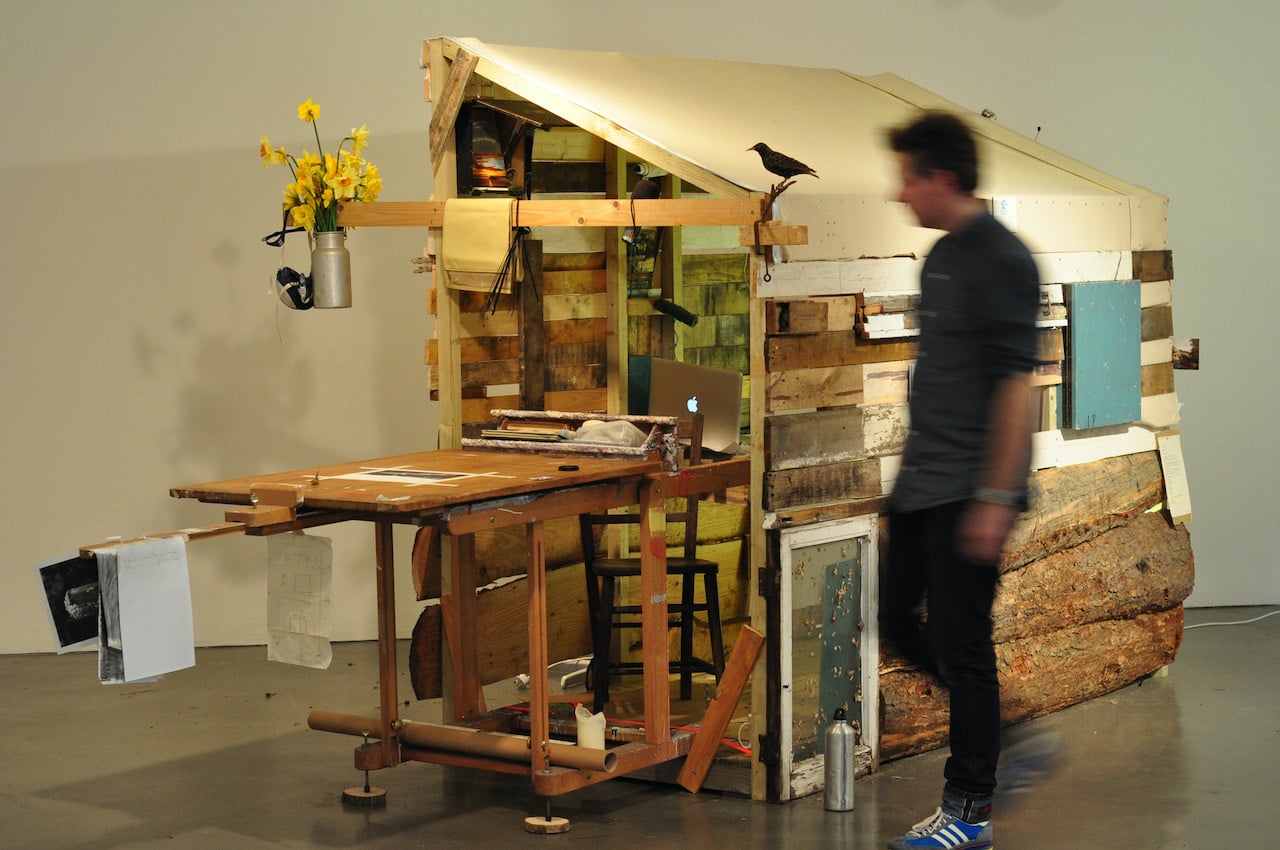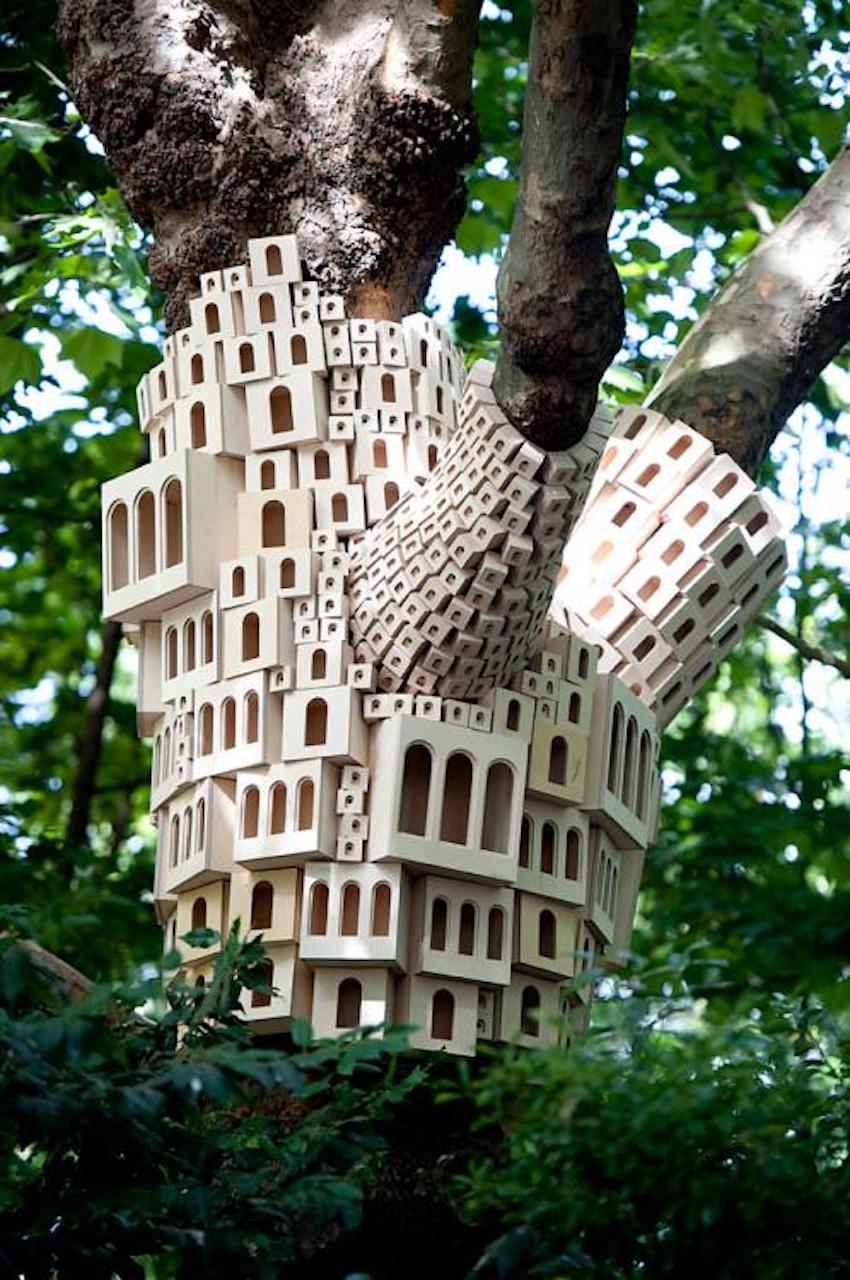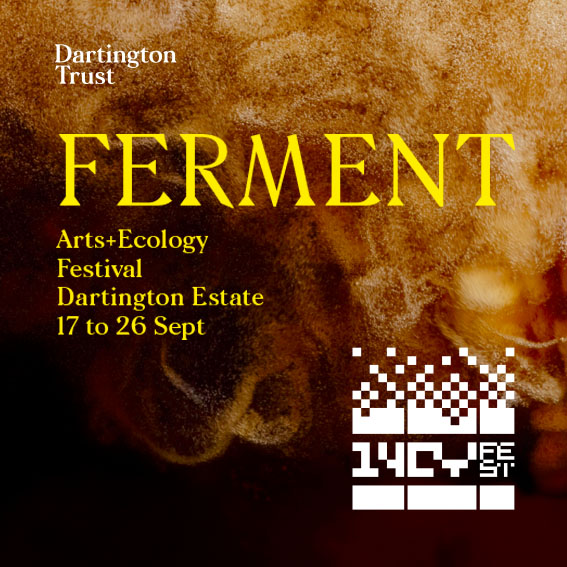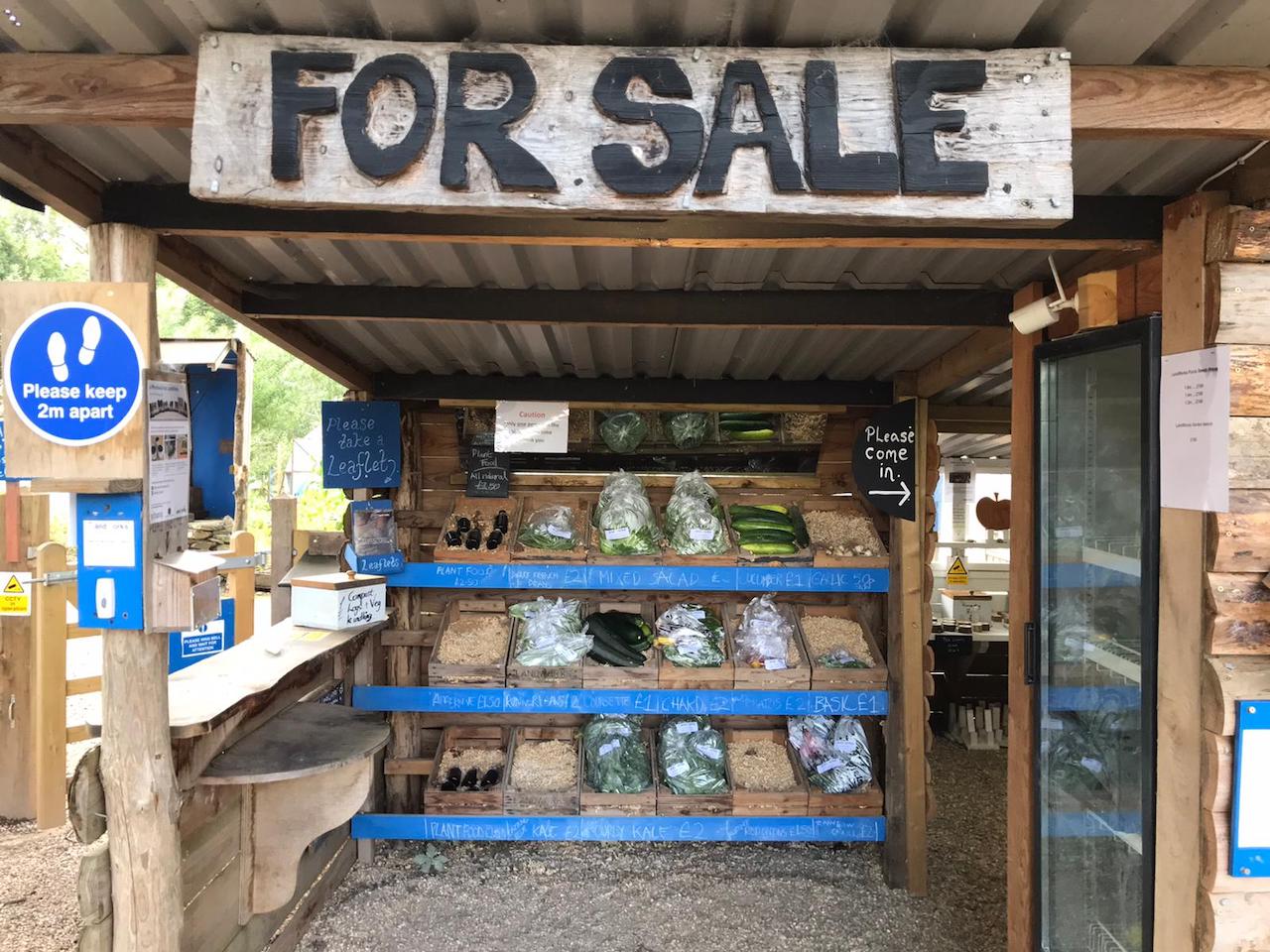INTRODUCTION
Dartington is a 1,200-acre estate in Devon in the south of England. The estate appears in the Domesday Book (1087) and existed long before the Norman Conquest. Because it is an ancient estate, bordered on three sides by a bend in the River Dart, Dartington is an island with parameters, which has made it an effective location for modelling new ideas. The ‘Dartington Experiment’ in rural regeneration and progressive education was initiated by Dorothy and Leonard Elmhirst in the early 20th century and saw important modernist buildings created on the estate, designed by William Lescaze and Walter Gropius and the establishment of a significant tree garden designed by H. Avray Tipping, Beatrix Farrand, and Percy Cane, featuring ancient yews, sweet chestnuts, swamp cypress, Japanese maples, and sculptures by Henry Moore, Peter Randall Page, and Willi Soukop. For over ninety years, the land and estate at Dartington have been used for agricultural experimentation, research and the application of new processes, with a rich and sometimes controversial history in land-based research. The UK’s national soil survey originated on the estate, new ground was broken in forestry with exotic conifer trials and the first pasteurised apple juice produced in Britain was made at Dartington in 1935. In the pre- and post-war years, the first trials of artificial insemination of cattle and battery farm chickens were carried out at Dartington.
Contemporary Dartington has shifted a long way from those early 20th century techniques to experiment with new approaches to regenerative agriculture. There are more than 20 land-based tenants on the estate ranging from a goat dairy to CSAs, community orchards, apiaries, allotments, all trying to model different approaches to food production that are productive, sustainable and resilient. In the 21st century, farming finds itself facing new challenges from climate change, and its associated energy and water supply challenges, to population growth and nutritional deficit, to the need to increase food production whilst preventing biodiversity loss, to the challenge of an ageing population of farmers combined with the difficulty in gaining access to land for new entrants. We are working on using Dartington’s land in more innovative ways and extending opportunities for education and experimentation. The estate has its own water supply and renewable energy programme. We are working towards zero carbon and zero food miles. Around 40% of the fresh food consumed on the estate (by students, staff, residents, and visitors) is grown organically on the estate and 70% of produce used is local and seasonal. We are moving to biodegradable packaging, and there are plans for a vineyard and a community orchard to replace the central carpark. Dartington’s food growing is about rediscovering old technologies, knowledge, and skills, and distributing that knowledge through learning programmes that are using both onsite learning and newer distributed technologies.
Dartington View from St Mary’s Tower
Schumacher Growers, Veg Cornucopia
Dartington Walled Garden Bloom
NEW OLD TECH
We run online and onsite food growing learning programmes in regenerative farming – agriculture that regenerates soil and ecosystems. Every year a group of fifteen students on the Horticulture programme (or ‘growers’ as they are affectionately known by appreciative ‘consumers’) learn how to sustainably grow food for themselves and others and how to take care of the soil and plants. They have been rediscovering old sowing, winnowing, and making technologies, knowledge and skills. In addition to food, we are growing flax and relearning the skills of making cloth and other products with the flax for everyday use on the estate.
Our vegetables and salad travel 200 metres by wheelbarrow. Henri’s Field is our main food-growing site, named after the philosopher Henri Bortoft. The field has a forest garden, a craft and flower garden, tree-lined vegetable alleys, circular plantings, a chicken compost system, and a crew of Indian runner ducks tackling the slugs. The Walled Garden is our second food-growing site and part of our Grade 2 listed gardens. Using a no-dig approach and homemade compost, it is a kitchen garden that is often a sea of lush salad leaves and veg. The food grown is then cooked by our chefs and served up for student and staff meals and for visitors to the Green Table and White Hart restaurants.
Fresh food box demand has more than doubled since the start of the pandemic and there has been a surge in people learning how to grow their own food. Innovative land-based tenants at Dartington include the Agroforestry Research Trust, conducting research into temperate agroforestry; The Meadow, a wild pollinator and honeybee sanctuary; Grain of Truth, growing heritage grains for breadmaking; Grocycle, using coffee waste to grow gourmet mushrooms; The Hemp Avatar Project, producing hemp juice and hemp stalks as a building material for eco-build houses; The Apricot Centre, promoting biodynamic farming, permaculture and agroforestry; LandWorks, a growing and craft training scheme for current and ex-prisoners; The Living Projects, creating community space to facilitate young people’s initiatives to create a viable and sustainable future for themselves and their communities; Food in Community, providing fresh food boxes for people on low incomes.
Dartington’s food growing education programmes include a six-month Horticulture Residency, BSc Regenerative Food and Farming, MSc Regenerative Food and Farming, MA Engaged Ecology, and a range of short courses.
Schumacher Growers, Flax Harvest at Lammas.
Photo by Andy Letcher
Photo by Into the Woods
Schumacher Growers, Flax Harvest
COLLABORATORS
Working with more than human collaborators is a significant element in rediscovering old technologies. Dartington is working with the Bioregional Learning Centre on the River Dart Charter, recognising the rights of the river itself. Schumacher Growers employ a slug-eating duck crew, work with chicken manure composting, and collaborate with the fauna living in the soil. Dartington has a small but wide-ranging conservation programme protecting and fostering creatures and wildlife native to the estate, including dormice, bats, many bird species, ancient trees, and wildflowers. St Mary’s Tower was home to a colony of swifts for many years, and we are currently using sound lures to encourage them to return.
Gardener and Robin.
Photo by Jenna Bean
Schumacher Growers Ducks
Grocycle Oyster Mushrooms
River Dart
Schumacher Growers Chickens
FOOD FUTURES
At Dartington Gallery and in our arts festivals and artists’ residencies we are working with artists who are addressing food futures, such as Nomeda and Gediminas Urbonas who are working with swamps, bacteria, mycelium, and algae. We are collaborating with University of Westminster CREAM’s research projects including Deep Field and Ecological Futurisms. Cyfest-14: Ferment festival at Dartington examines the metamorphoses of fermentation through the dual lenses of art and science and includes workshops on cider making, kombucha and foraging.
Dartington Arts School’s postgraduate programmes include our PhD programme in partnership with University of Westminster’s CREAM, MA Arts and Ecology, and MA Arts and Place.
Schumacher Growers Pumpkins
Schumacher Growers Stall
Bram Thomas Arnold, Hermitage, 2017
London Fieldworks, Spontaneous City, 2011. Photo London Fieldworks
Cyfest14: Ferment poster
Nomeda & Gediminas Urbonas, Mycomorph Lab, 2015. Photo Nomeda Urbonas.
LandWorks Fieldgate Shop selling produce to the local community
CREDITS AND BIOS
Exhibition curation: Tracey Warr
Photographs unless other stated: Colum Pawson

